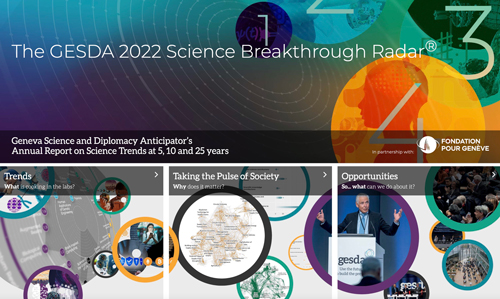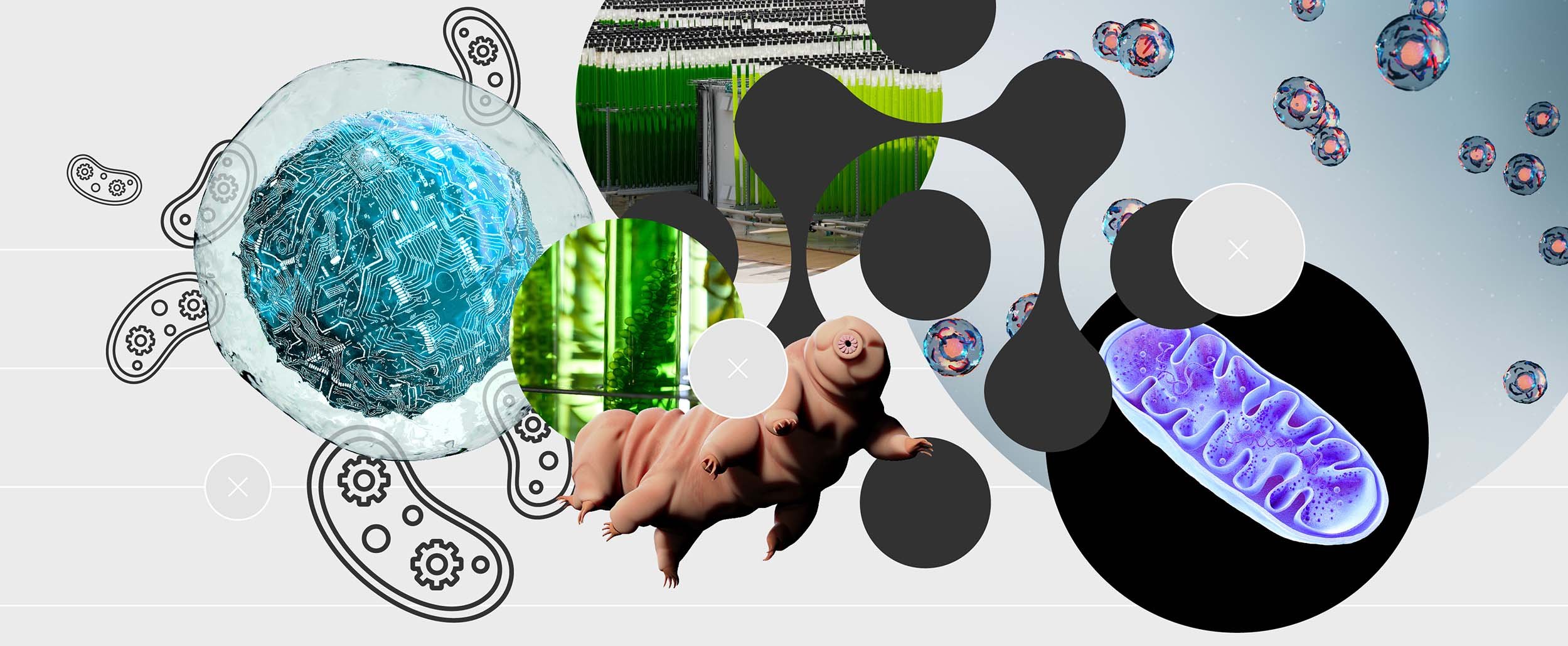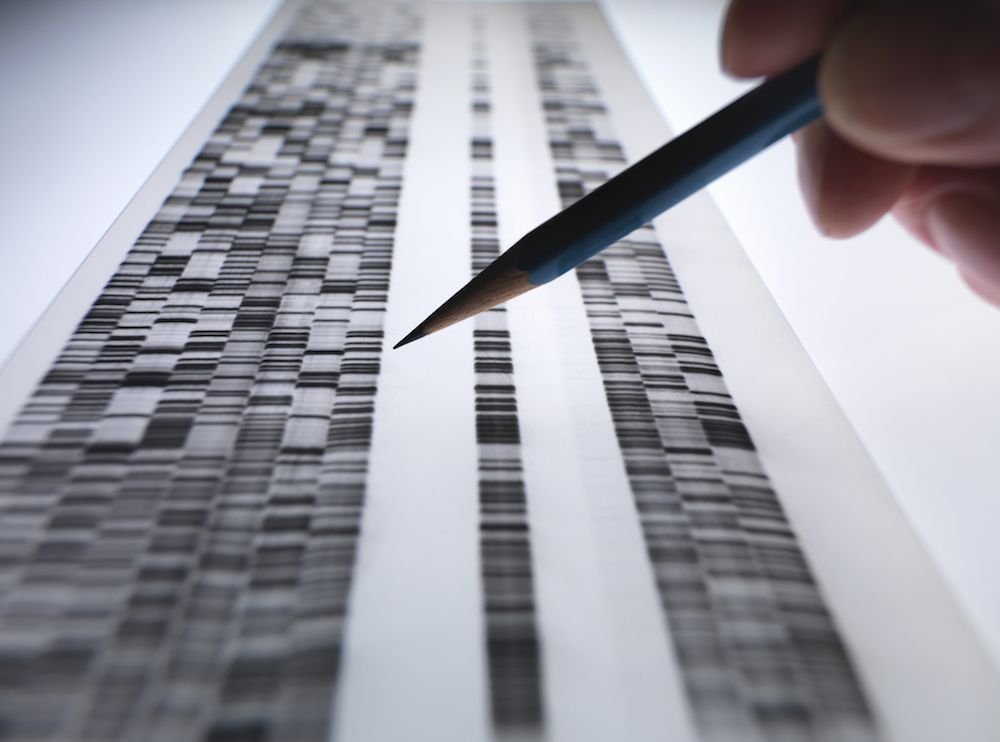Engineered microorganisms can be put to work in a range of fields. For example, they may well play a role in mitigating the impacts of climate change by removing carbon dioxide from the atmosphere: large-scale algae farms are one of the most effective forms of CO2 removal, and synthetic biologists can optimise the algae's ability to take up the greenhouse gas.17
Cells can also be engineered to act as sensors that can detect threats. Such biosensors may be used to scan for pollutants such as heavy metals or even the explosive (or its breakdown products) leaking out from buried landmines.18 Similar biosensors have been designed to detect pathogens or signs of disease such as cancer. In future some of these may be engineered into wearable forms: for example, facemasks that detect the presence of the SARS-CoV-2 virus.19
A related field focuses on engineering viruses. By their nature, viruses inject their own DNA into the cells of the organisms they infect. Medical researchers are harnessing this capability to create viruses that fix the genetic defects that lead to severe diseases like severe combined immunodeficiency (SCID), also known as "bubble boy disease".20





